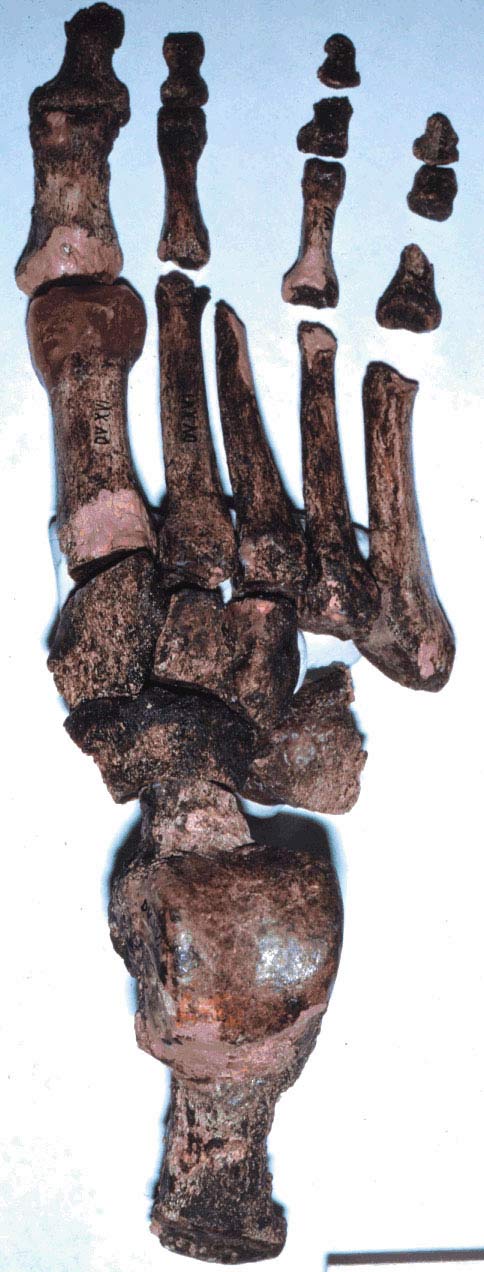26,000-year-old Arch Supports?

The first supportive footwear was probably modest, but it definitely predates the Nike Empire.
Erik Trinkaus at Washington University in St. Louis says the first shoes designed to do more than insulate and cushion were worn between 26,000 and 30,000 years ago in Eurasia.
He has no old shoes to prove the claim. They wouldn't have survived that long.
Instead, Trinkaus studied anatomical evidence in early modern humans and found a reduction in the strength of the smaller toes in folks of the Upper Paleolithic.
"I discovered that the bones of the little toes of humans from that time frame were much less strongly built than those of their ancestors while their leg bones remained large and strong," Trinkaus said. "The most logical cause would be the introduction of supportive footwear."
During barefoot walking, the smaller toes flex for traction, keeping the toe bones strong. Supportive footwear lessens the roll of the little toes, thus weakening them.
But oh, how it saves the arches.
Get the world’s most fascinating discoveries delivered straight to your inbox.
The study was detailed in the July issue of the Journal of Archaeological Science.
Trinkaus figures humans living in far northern climates began to put insulation on their feet around 500,000 years ago.
- The 2,000-year-old Shoe
- The First Runner's High: Jogging Separated Humans from Apes
- Oldest Walking Human Ancestor Said Found



